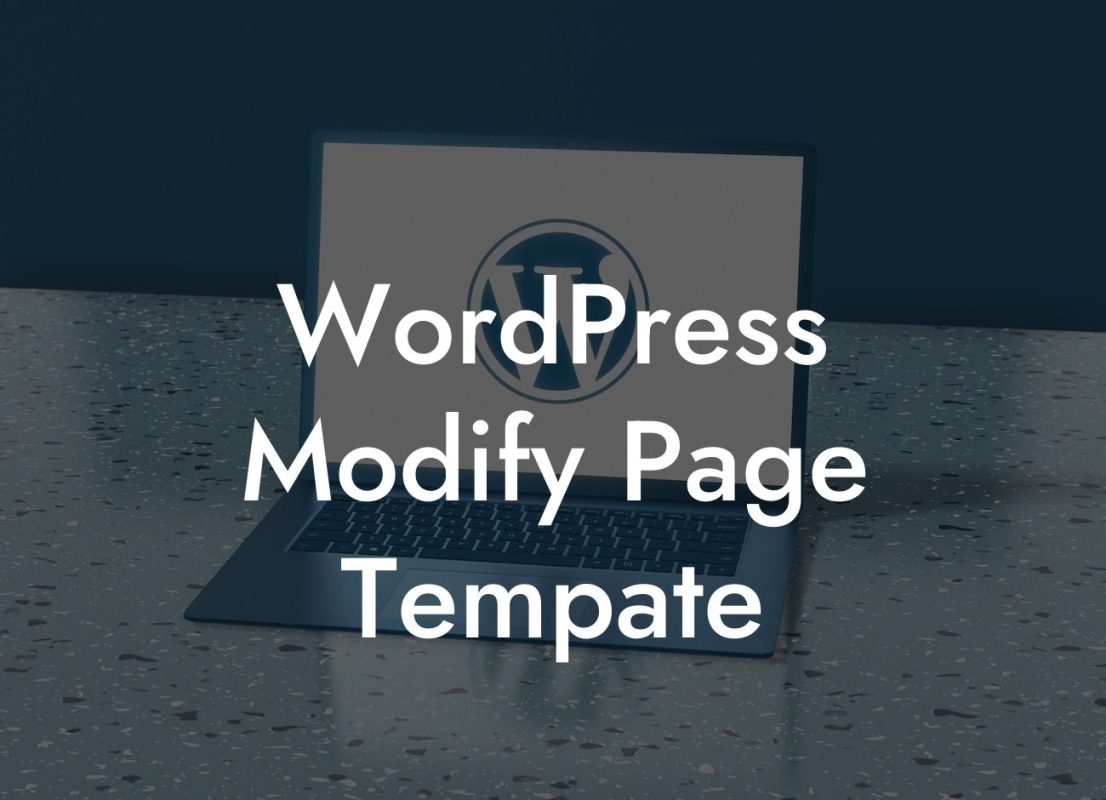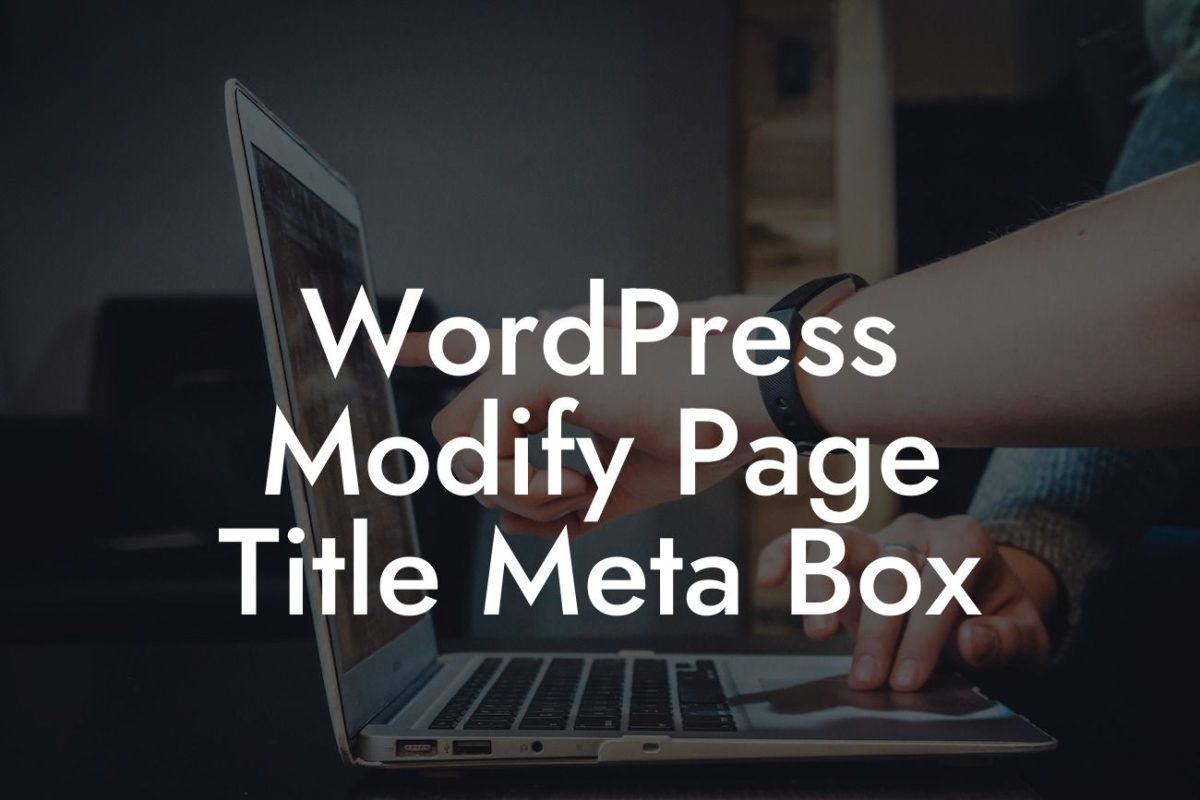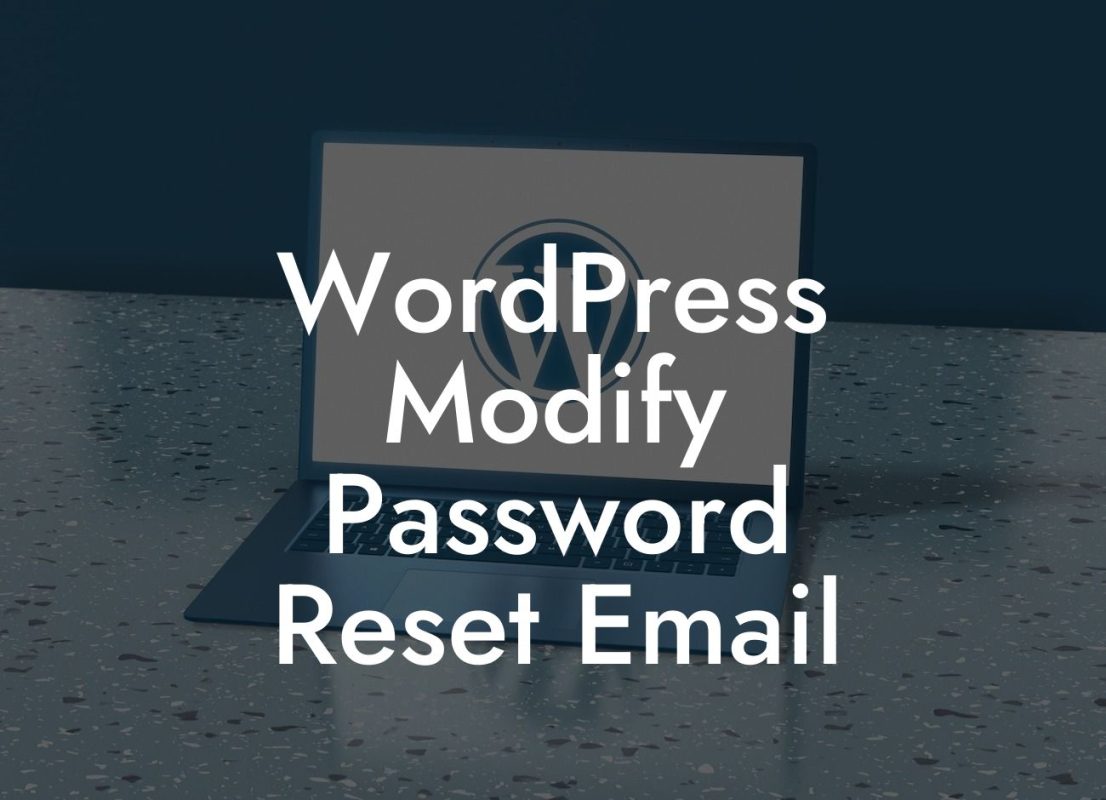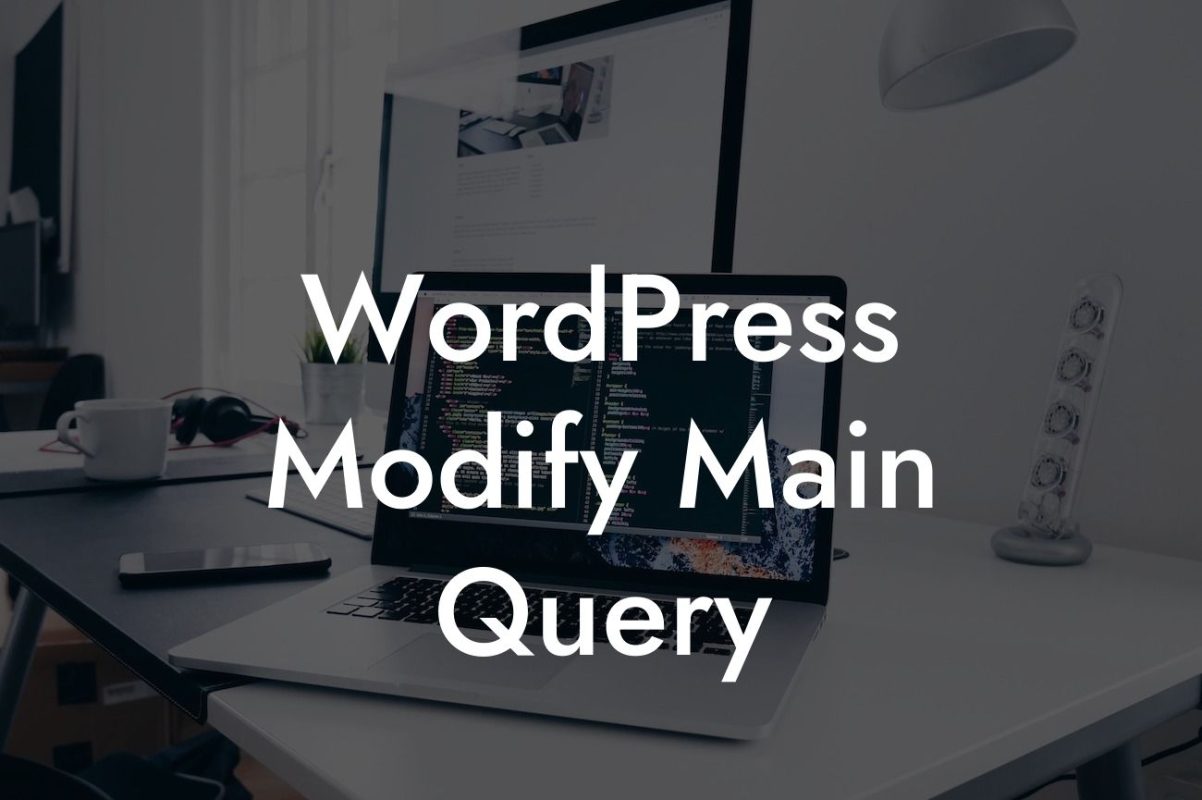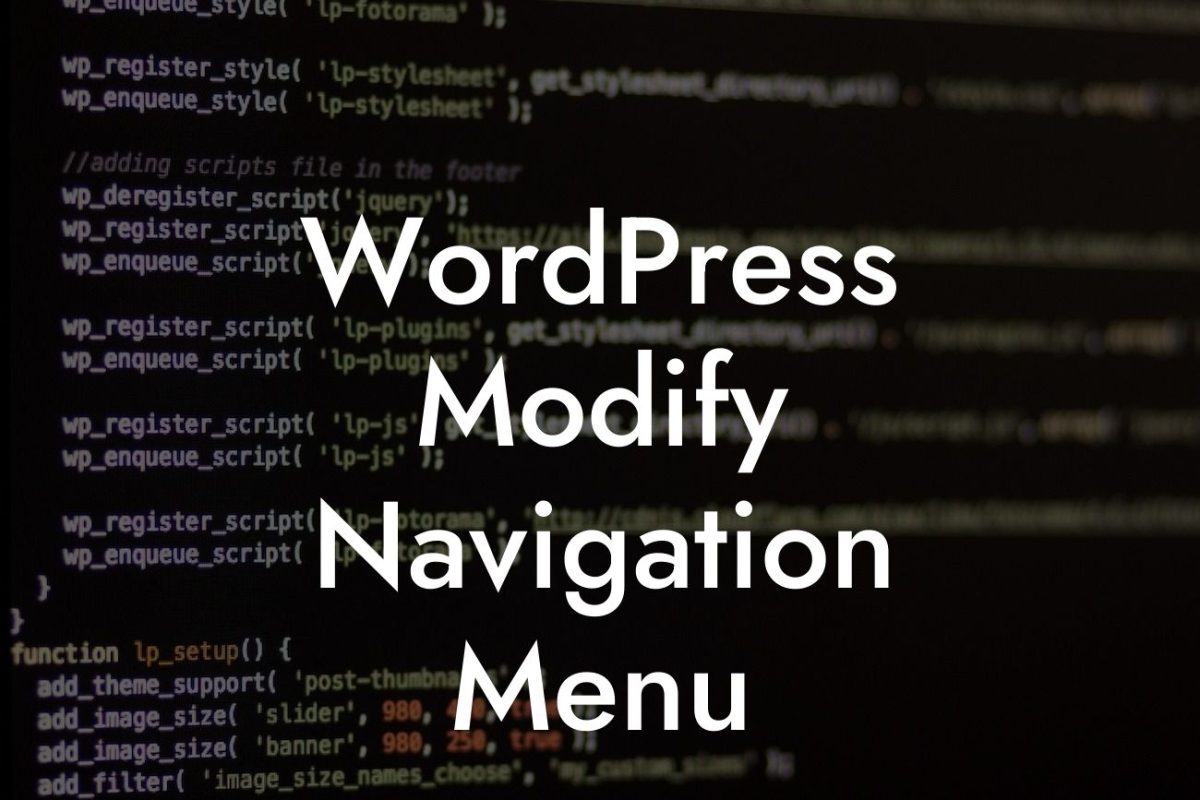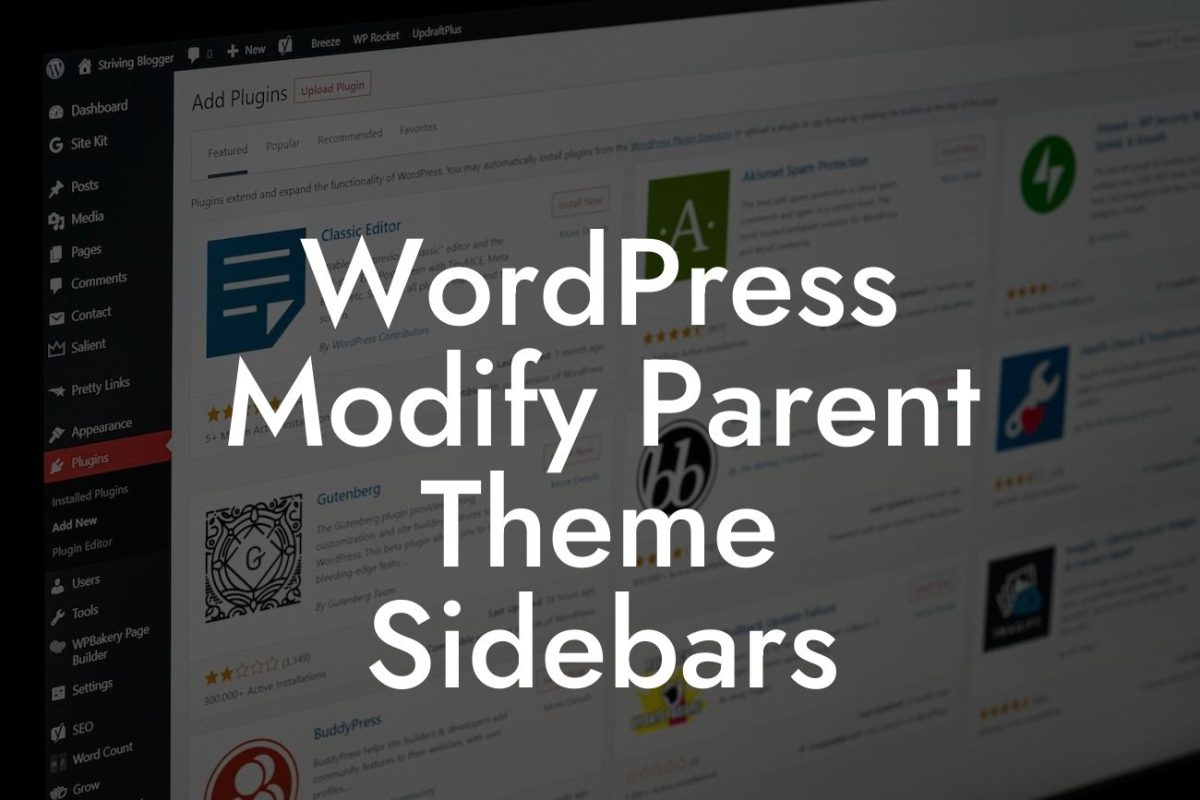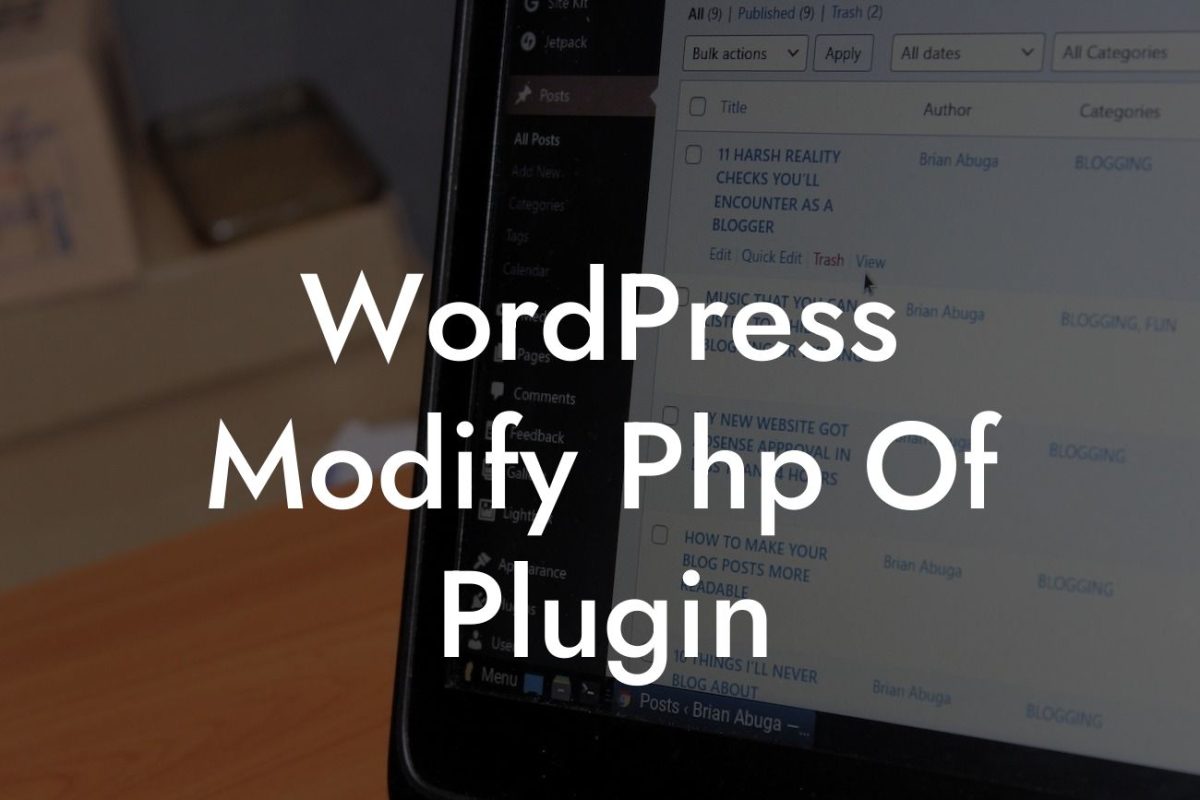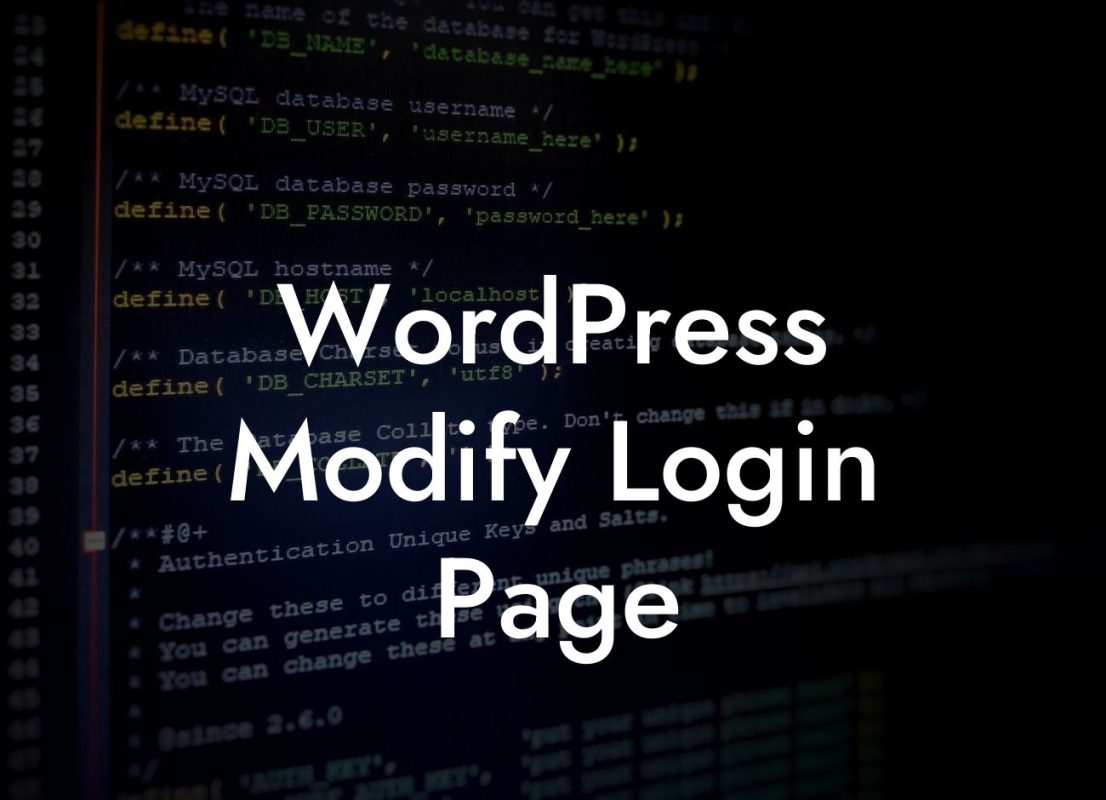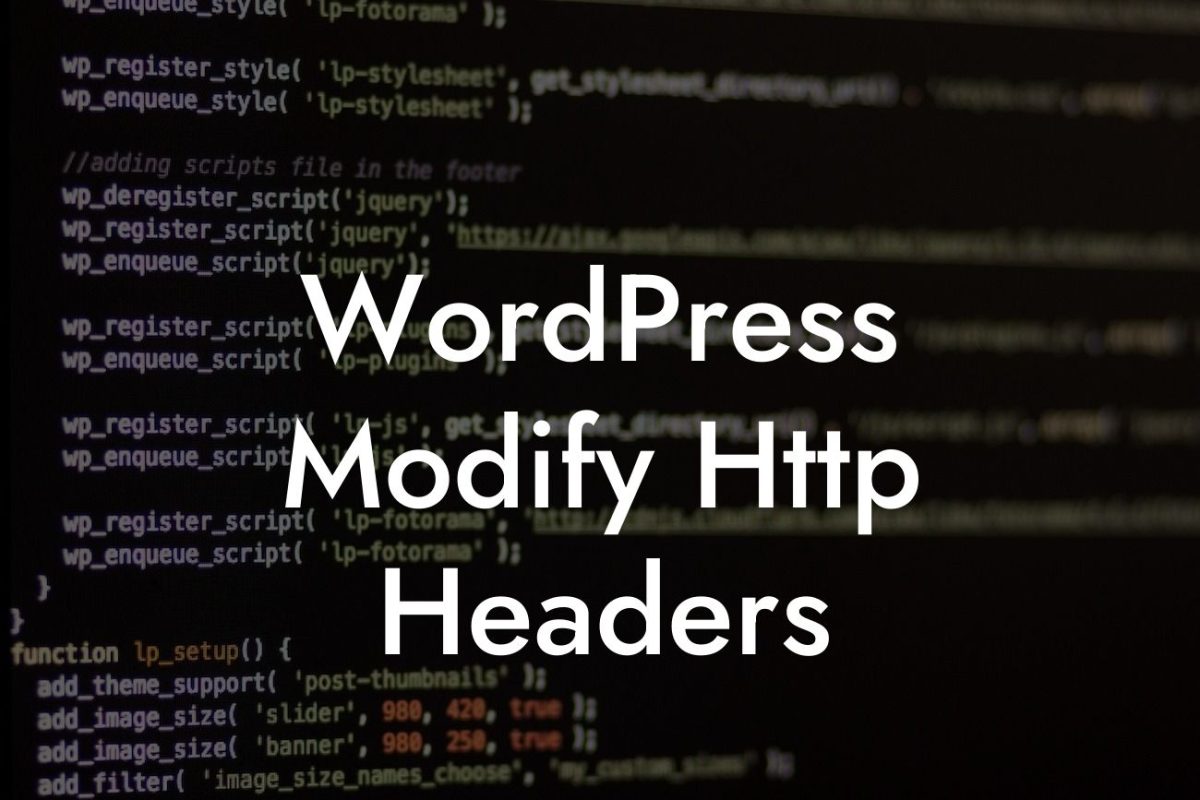Are you a small business owner or an entrepreneur looking to enhance your online presence? If so, you've come to the right place! In this article, we will show you how to add an RSS feed to your WordPress website. RSS feeds are a powerful tool that allows your audience to stay updated with your latest content without having to manually visit your website every time. With DamnWoo's expertly crafted plugins, you can effortlessly elevate your online presence and take your success to new heights. Say goodbye to generic solutions and embrace the extraordinary!
Adding an RSS feed to your WordPress site has never been easier. Follow these simple steps to get started:
1. Install a suitable RSS plugin: Start by exploring the extensive collection of DamnWoo plugins designed exclusively for small businesses and entrepreneurs. Choose a plugin that suits your needs and download it.
2. Activate the plugin: Once you have downloaded the plugin, head over to your WordPress dashboard and navigate to the "Plugins" section. Find the plugin you just downloaded and click on the "Activate" button to enable it.
3. Configure the plugin settings: After activation, locate the plugin settings in your WordPress dashboard. Each plugin might have different configurations, so make sure to follow the instructions provided by DamnWoo's documentation. Customize the settings according to your preferences to create a seamless experience for your audience.
Looking For a Custom QuickBook Integration?
4. Publish your RSS feed: Now that the plugin is set up, it's time to publish your RSS feed. Depending on the plugin, you might need to create a new page or simply add a shortcode to an existing page. Make sure to choose a prominent location on your website, such as the sidebar or footer, so that your audience can easily find and subscribe to your feed.
How To Add Rss Feed To Wordpress Example:
Imagine you run a food blog called "Tasty Treats." By adding an RSS feed to your WordPress site using DamnWoo's top-notch plugin, you can allow your loyal readers to stay updated with your latest recipes, cooking tips, and restaurant reviews. They can effortlessly subscribe to your feed and receive notifications whenever you publish new content. This enhances user engagement, boosts traffic to your website, and establishes your brand as a reliable source of culinary inspiration.
Congratulations! You have successfully learned how to add an RSS feed to your WordPress website. Now, it's time to unleash the true potential of your online presence with DamnWoo's incredible range of plugins. Explore our website to discover other exciting guides, tips, and tricks designed exclusively for small businesses and entrepreneurs like you. Don't miss out on the opportunity to supercharge your success. Try one of our awesome plugins today and witness the extraordinary! Share this article with fellow small business owners and help them elevate their online presence too.




